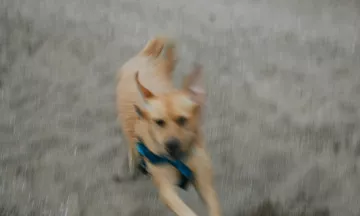Separation anxiety in animals is one of the bigger challenges that can come up among pet sitters and pet owners on Pawshake. What may present as seemingly 'annoying' behaviour patterns could really be your pet desperately trying to tell you that they're stressed, bored, unhappy and missing their human!
As our precious cats and dogs are utterly dependent on us, we owe them the time to understand what is going on and why, and to find some solutions to make life happier for them.
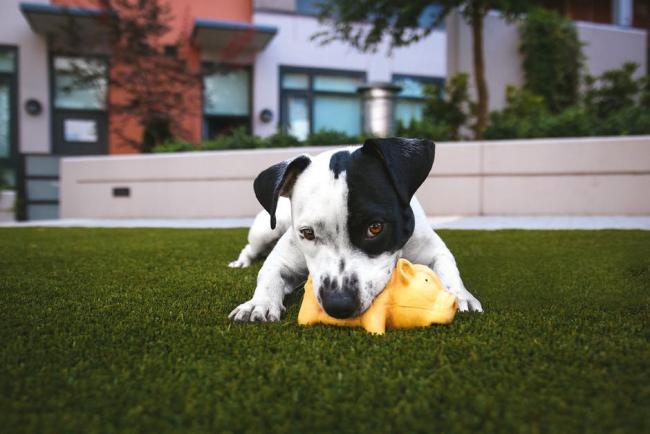
How does separation anxiety present itself?
This can really vary from pet to pet.
Separation anxiety might not appear immediately and sometimes comes up after big routine changes in either the space or social structure of a household - a move, a renovation, a return to work after holidays, a birth, death or relationship breakdown. We all know change is scary sometimes and our pets can be affected too!
Both cats and dogs can express separation anxiety when they're left alone by excessive meowing, barking or howling, pacing, irregular toilet habits such as defecating in unusual spots outside of the usual lawn or litter tray, urination around the home, escape attempts, excessive destructive patterns such as ripping up shoes, digging or excessive scratching of carpets or furniture and grooming to the point of bald patches appearing in fur.
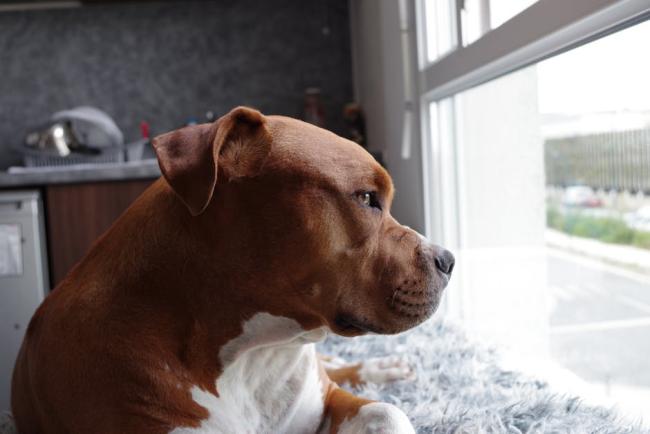
What can I do if my pet has separation anxiety?
- Your first point of call should always be with your local veterinary clinic. They will be able to offer some long-term strategies for your specific situation and can make sure there aren't any other underlying medical issues that need addressing.
- On a practical level, if you know a big change is coming - PREPARE EARLY! We have a blog on avoiding the back-to-school blues that's well worth checking out, and the principal of practicing gradually applies in many other situations. Don't throw your pet into the deep end.
- if you feel your pet could do with some extra company, a Pawshake pet sitter or dog walker can be a great solution. HOWEVER - you must discuss the issue of separation anxiety with your sitter at the meet and greet before the booking. You don't want to be halfway through a holiday to find your sitter completely overwhelmed with excessively destructive behaviour or your pet trying to escape. Some pets might need 24 hour supervision if the separation anxiety is bad enough or yet to improve after initial treatment, so be sure to discuss this with your sitter. A trial pet-sit is a great way to test the waters for a night or two before heading away, and always leave an emergency contact as a back-up just in case.
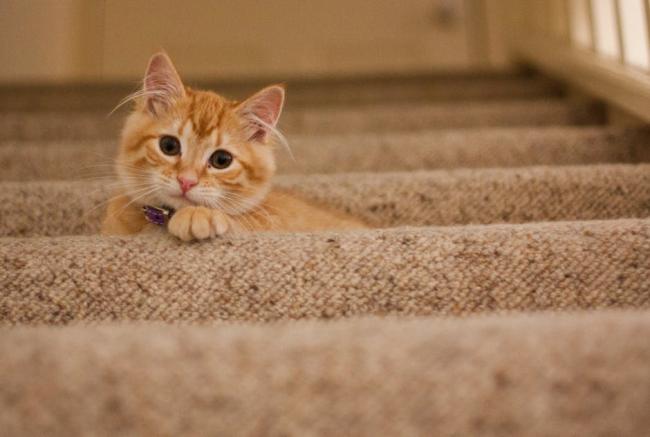
- Be the model of perfect behaviour yourself - speak in a calm, soft tone and don't reward the destructive behaviour with excessive fuss or attention. Breathe and be mindful.
- Make 'goodbye' time a predictable routine by calmly ignoring your pet about 30 minutes before you leave, then giving them about 30 minutes to calm down when you get home before greeting them. Feeding your pet from an interactive feeding toy or giving them a little treat as you leave will also keep them busy and help them associate goodbyes with a treat (also known as 'counter conditioning').
- If the separation anxiety is more extreme, your pet may have to be gradually accustomed to you getting ready to go out (such as picking up the keys and putting on shoes) in small doses, then be exposed to small periods of being alone - but never expose them to the full experience of your absence for hours if this is the anxiety trigger. If the anxiety is this extreme, we really do advise speaking to a vet first.
- Exercise and mental stimulation can help calm a lonely pet! Schedule daily walks and play - a midday walk with a Pawshake pet-sitter as well as a morning and afternoon walk with you is an option for the extra energetic dog. Add extra puzzles and chew toys and hide treats around the house for them to 'hunt' (check out our guide to creative feeding). For cats, extra spots to perch, climb and enjoy the view out of a window can also help. Check out our guide to DIY dog toys, DIY cat toys and DIY scratch posts!
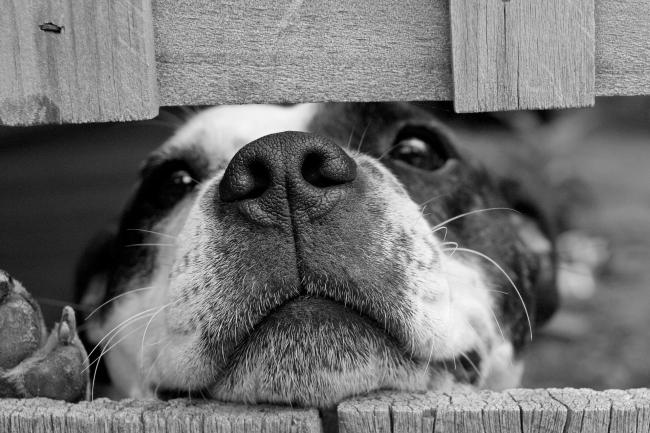
What should you NOT do?
- Don't get a second pet as a quick solution to separation anxiety. This will likely make no difference to the problem as separation anxiety in pets is always in association with separation from humans. Only ever get a second dog or cat if you want a second dog or cat.
- Don't punish your pet for their behaviour. They are not acting out of spite and don't have the same understanding of the cost of your new shoes that they've chewed up. Punishing them will confuse them more and they likely will not understand what they've done wrong.
- Don't ignore the problem or expect a pet to 'get over it'. Be patient and meet your pet halfway by doing what you can to help. Ignoring the problem might make it worse.
- Don't panic! Have hope - you and your pet will get through this together. If you are the calm in the storm, your pet will feel much safer and will be more likely to conquer their anxiety.



